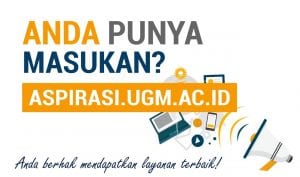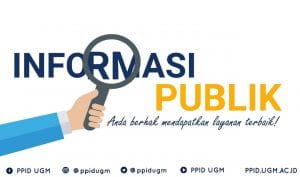Blended learning combines the advantages of face-to-face meetings with the benefits of web-based learning. It integrates direct interactions with facilitators and self-directed learning. During face-to-face offline meetings, direct interaction with facilitators can enhance cognitive engagement by fostering dialogues between facilitators and participants in training or extension programs. Additionally, face-to-face meetings can initiate independent activities based on real-world issues.
Blended learning relies on integrating technology into education. Subejo (2018) argues that technology usage is influenced by gender and farmers’ societal status. Male farmers tend to adopt information and communication technology faster than females. Additionally, farmers with higher societal status, like opinion leaders, are quicker to adopt technology to disseminate information among their peers. This difference arises from their need to utilize media channels for rapid and equitable information sharing among their community members.
However, farmers face difficulties in using internet-based media due to limited familiarity with device operation and limited understanding of digital content. Field data indicates that only about 5.2% of farmers in Indonesia utilize ICT for additional income generation (BPS, 2019), with age being a significant barrier to technology utilization.
On the other hand, blended learning offers a solution to align with global trends and overcome extension resource constraints. In line with these opportunities, the Lentera DESA serves as a platform dedicated to delivering online training to farmers, extension workers, and agricultural stakeholders who aim to enhance their capacity and capabilities.
For more details, please read the following article:
7. #6_ENG_The Challenge of Blended-Learning Extension Model for Adoption Soil Test


